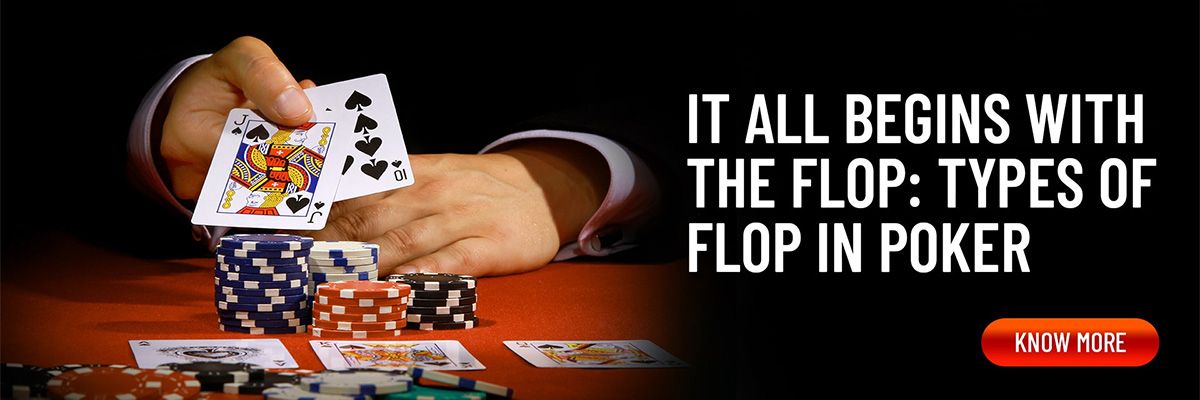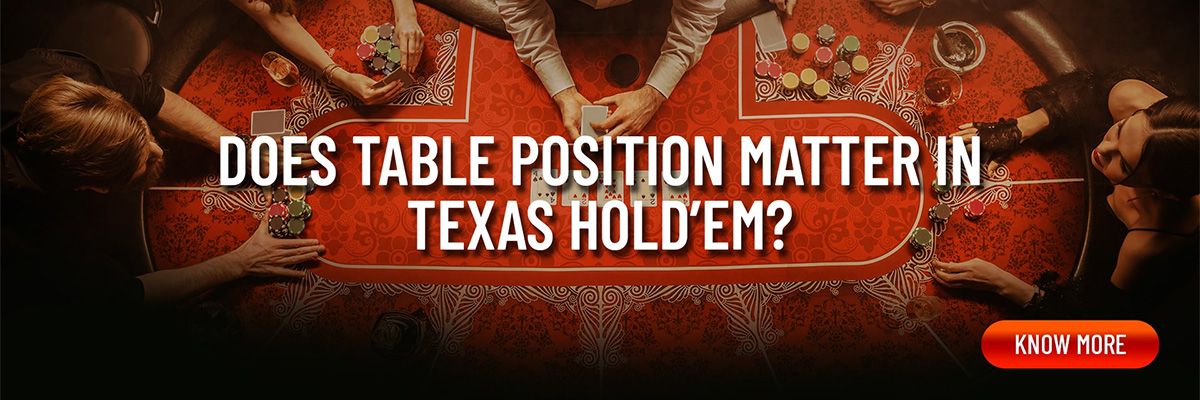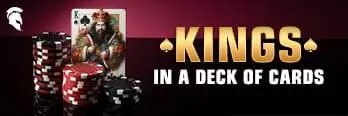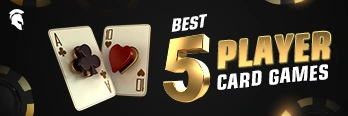- It all begins with a Flop!
All the definitions that we find on the internet on the flop or not easy to understand until you play the game yourself. Originally, “Flops in poker†was called 4th Street. It actually came into existence during the beginning of the first free community cards. You definitely don’t need to be a mathematically genius to calculate the odds of making your hands and winning them after the flop. A flop is a set of cards that open after burning a card on the table. Born, flop, flop, flop! If you need to estimate the odds to hit your hand on the turn, you need to multiply the number by two. To draw an estimation, the odds usually hit on either the tone or the river, you can also multiply the outs by four.
Have I answered the question yet? Flops in poker, what is it?
Flops in poker are the cards that decide your luck. You interpret your hand, the bet, raise, or call depending on those cards. You fold if none of your cards hit the flop. The flops in poker that contain all suited cards or all high cards or say, all random cards, you will need to play your hand differently there is something called a flop texture. It is the type of cards that are displayed on flop. There are different types of flops in poker. You decide your range of betting depending on the flop and your opponent’s range.
Types of flops in poker textures:
- The drive flop: It’s the flop that hits no one’s range. There is very less probability for it to hit anyone’s range. Say for example, a tight player assumes he is holding two big cards or pockets which gives it more probability to work for you. The flop turns out to open as 3,6,4. Since these cards fall in the category of small cards, they are unlikely to hit anybody. There are no big cards, and therefore they are called the dry flop.
- The coordinated flop: Say, you have cards like 7,10,8, which absolutely gives it more probability of someone hitting a flush or straight. This type of boards become a little risky to bet on when there are more than three players.
- The scary flop: This is exactly the flop which holds high cards that are likely to connect to either you or the opponent’s hand. Scary flops are great for bluffing purpose or getting maximum probability to win it against weak opponents. Say for example, a scary flop might include A, K, 3 And the cards you hold our A, K.
- The paired flop: A paired flop is something similar to a dry flop. A paired flop is usually is a flop that already has a pair. This sometimes leads to your opponent’s having less likely a stronger hand. It is definitely easier to make a pair than making three of a kind.
A break-up of different flops:
Play long enough, and you start to relate to the different types of flops in poker, in the initial hands, it can also be grouped according to how relatively a beginner or a pro player you are. The grouping tendency is a part of how a human brain actually works.
Let’s imagine a player open his game with a strong raise. Now imagine another player playing blind defending with a call. Imagine players betting on generic flops. We categorise these different types of flops in poker into the most common ones. That being:
- High flop: These flops contain two or more cards that are higher than 10.
- Low flop: These flops on display two or more cards lesser than 8.
- Wet flop: These flops display coordinated cards that might help players to hit a flush or a straight draw.
- Dry flops: They are totally uncoordinated card giving you no chance of drawers.
It is easy for you to recognise the “High†and “Low†flops unlike “Wet†and “Dry†flops. A flop like 10 J Q can be considered “Wet†because of the way these cards provide the flush draw. Meanwhile, on a flop like J 5 2, it’s “Dry†because there are fewer chances of anyone having a draw. Did you know that “Dry†flops are also called “Rainbow†flops?
Evaluating the flops in poker:
- Do you have a strong hand? A pair? Two pair? A straight?
- Do you have a draw? You can only guess that depending on the flush and straight when the next flop opens.
You also need to consider various other factors before you make your decision:
- The size of your stack and judge the opponent’s stack.
- Your position on the table.
- Be observant about the bets of your opponents.
- The raise your opponent’s make.
- Think about the future of your hand. Pre-calculate your moves.
- Pre-calculate the worth of your hand before you bet.
- Consider the different types of flops in poker.
Few guidelines to follow
It’s easier to make your move based on flop alone. The types of flops in poker are easy to judge when there are more players, the greater number of players mean the more cards are out and the betting range helps you decide the probability of a player to win. The few tips for playing a flop are:
- Don’t be persistent on the fact that you need to win a flush or a draw. In that case, you might bet hard and rash and end up losing the pot. There are many different types of flops in poker to play on.
- Make sure you raise continuous to stay within the game. But do that only If you have cards worthy of playing.
- Don’t be afraid to bet big when you have cards are worthy of winning the pot.
- There is no need to rush at all. Play wisely. Consider the type of flops.
- Don’t wait for your turn to make your judgement. Start your analysis way in advance.
Figuring out of how to deal with the different types of flops in poker and how you connect it with your cart matter a lot. Poker games need a lot of craftiness and talent. You can just begin trying your hands-on Spartan Poker. Spartan Poker allows you with all kinds of levels. For beginners to pros, all under one umbrella.

















